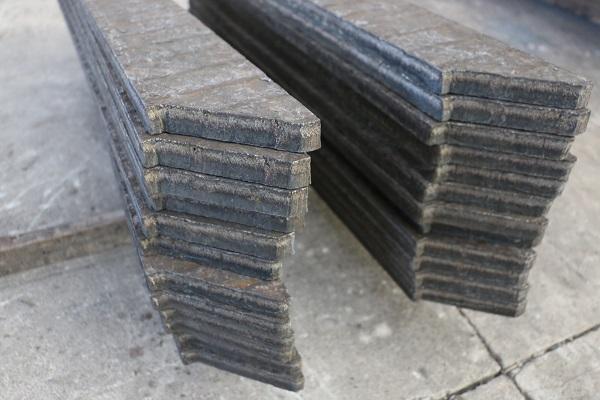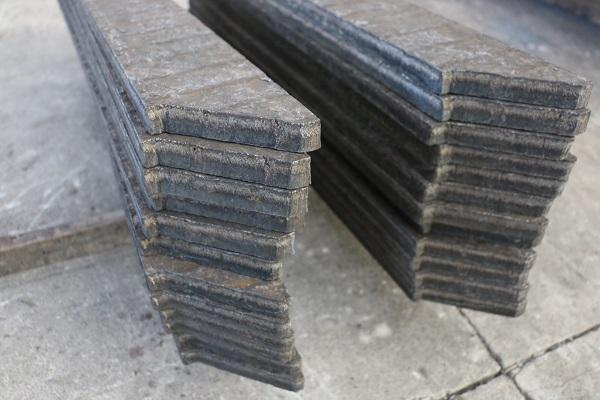


It is more complicated to evaluate the wear resistance of the wear-resistant steel plate. At present, it is common to test the surface hardness of the wear-resistant layer, and the higher of the surface hardness, the better of wear resistance.

The marking of the hardness are also inconsistent. They are expressed by Rockwell hardness (HRC), also expressed in Vickers hardness (HV), and in English (B), it is very confusing ,it is recommended that the relevant departments and make national standards for bimetal composite wear-resistant plates and unify the mark as soon as possible.
Hardness is the ability of a metal material to resist the surface of a hard object. The hardness can partially reflect the wear resistance, but it is unscientific and one-sided to mark the wear resistance of the metal by hardness, cannot fully reflect the wear resistance of the wear layer. Here we can comprehensively analyzed and evaluated the wear resistance of bimetallic composite wear-resistant steel plates through the following aspects:
Through the above four aspects of testing and analysis, comprehensive evaluation, can basically judge the wear resistance of the wear-resistant plate.